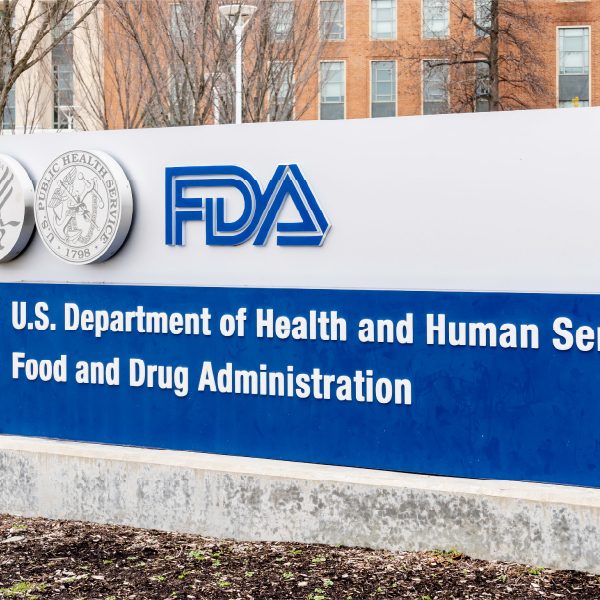Developing Treatments for Rare Diseases – Reviewing Recent FDA Draft Guidances

New and updated regulatory guidances from the US Food and Drug Administration (FDA), European Medicines Agency (EMA), Pharmaceuticals and Medical Devices Agency (PMDA) in Japan, and other global health authorities are continually being release. These guidances are reviewed on a monthly basis internally to identify which deliverables are impacted and to determine which processes or trainings need to be created or updated as a result.
As MMS regularly supports orphan drug development, the recent rare disease guidances and orphan drug regulations warranted some additional attention and specialized training. Thus, several members of the committee dedicated to executing the monthly reviews for the medical writing department, known as the MMS Medical Writing Technical Regulatory Committee, or T-Reg committee for short, put together and presented a brief refresher on the basics of orphan drug designations around the world followed by a more in depth look at the FDA’s Guidance for Industry.
Comparison of “Rare” vs “Orphan”
Although sometimes used interchangeably, the term “rare” corresponds to the actual disease or condition, while the term “orphan” is an official designation for a drug intended to treat a rare disease. Orphan drug development programs are extremely important and often address very serious diseases or conditions. Additionally, although these individual conditions or diseases may not impact many people, there are many, many rare diseases. The overarching challenge to orphan drug programs is that their costs are usually economically prohibitive to their development. Thus, health authorities around the world including the FDA, EMA, and the PMDA have established orphan drug designation programs to incentivize development of important therapies for the treatment of rare diseases.
Variability in Requirements and Benefits
Although there is variability in both the requirements and the benefits associated with these programs, they share several similarities: all are meant to incentivize the development of drugs and/or devices for a disease or condition impacting a small population that would likely otherwise prove too costly to develop.
Each region defines a disease as “rare” based on its prevalence in the region, but the allowable numbers of individuals with the diseases are highest in Japan and lowest in the US. The regulations governing the requirements and incentives for these programs can be found on the individual health authority websites.
Rare Diseases: Common Issues in Drug Development
In February 2019, the FDA released a draft revision of a Guidance for Industry that was originally released in August 2015 titled “Rare Diseases: Common Issues in Drug Development.” The key message of this guidance was that to facilitate the development of drugs for rare diseases, as the FDA will apply the same statutory requirements as for other drugs. This preserves the appropriate guarantees for safety and effectiveness, while at the same time accommodating the unique challenges and limitations posed by conducting studies in small populations.
This guidance covers a wide variety of topics from natural history studies, disease pathophysiology, clinical manifestations, and identification and use of biomarkers to the special considerations that go into the planning and administration of nonclinical studies and clinical trials for rare diseases, and much more. Overall, the FDA seems to be trying to answer the question, “How can sponsors conduct more efficient and successful drug development programs for rare diseases?”
A portion of the guidance focuses on the evaluation of efficacy and discusses the choice of endpoints, seamless trial designs, techniques for broadening evaluation populations, and use or modification of existing assessment measures. Additionally, the FDA addresses the numerous challenges associated with establishing safety in a small population and makes recommendations for appropriately expanding the safety population (note that in March 2019, the FDA released an additional guidance specifically addressing enrichment strategies).
Importantly, the FDA makes recommendations for ways to avoid undermining trial recruitment and retention, such as modifying placebo-controlled designs for clinical trials and outlining common issues associated with multinational trials.
The FDA also indicates where Sponsors may find some additional assistance through its expedited development program, and discussion of the potential for flexibility in the conduct and timing of nonclinical studies, and type and extent of manufacturing information that is required at the time of submission.
Rare Diseases: Natural History Studies for Drug Development
In March of 2019, the FDA issued a second draft guidance for industry. This was titled “Rare Diseases: Natural History Studies for Drug Development” and was primarily intended to expand on the subject of natural history studies which were already discussed in the previous guidance.
Importantly, the agency makes a distinction between, the traditional definition
- of the natural history of a disease: “The course a disease takes in the absence of intervention in individuals with the disease, from the disease’s onset until either the disease’s resolution or the individual’s death.”
and its application to drug development as
- on a natural history study: “A preplanned observational study intended to track the course of the disease. Its purpose is to identify demographic, genetic, environmental, and other variables (eg, treatment modalities, concomitant medications) that correlate with the disease’s development and outcomes. Natural history studies are likely to include patients receiving the current standard of care and/or emergent care, which may alter some manifestations of the disease.”
The draft guidance first describes the potential uses of natural history studies in the development of therapies for rare diseases. It discusses benefits to identifying the patient population as well as identification or development of clinical outcome assessments and biomarkers and how these key pieces of information should influence the design of externally controlled studies.
The guidance goes on to offer a framework for the conduct of natural history studies (eg, information on data collection, storage, dissemination, and human subject protections) and outlines strength and weaknesses of various natural history study designs, common data elements, and research plans. The guidance outlines the strengths and weaknesses of different natural history study deigns: retrospective (using existing medical records) versus prospective (collect/analyze new data) and cross-sectional (data collected at a single point in time) versus longitudinal (data collected over time).
Additionally, it identifies several other potential benefits of natural history studies such as establishing communication pathways, identifying disease-specific centers of excellence, facilitating the understanding and evaluation of the current SOC practices, and identifying ways to improve patient care. It also discusses how this type of study can provide important demographic data and epidemiologic estimates of the prevalence for the disease and disease characteristics and aid disease tracking.
by Amanda Beaster, PhD, Andrew Chervenak, PhD, Halina Chkourko Gusky, PhD, and Ingrid Hansen, MS
Ask Drs. Beaster and Chervenak a question by filling out this form.











